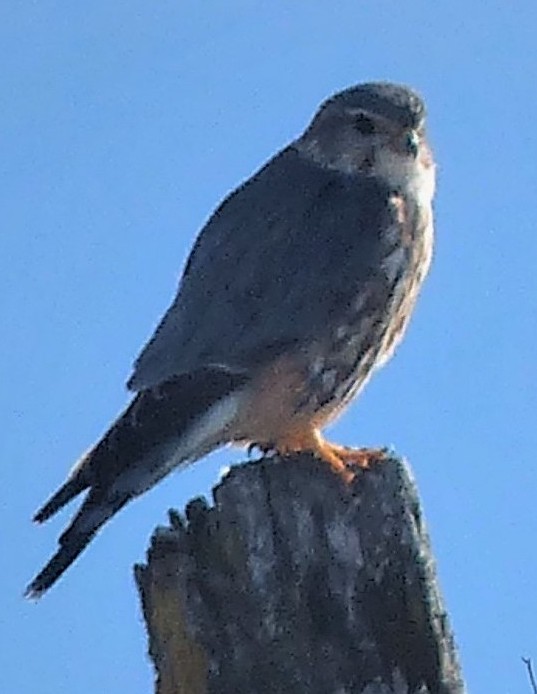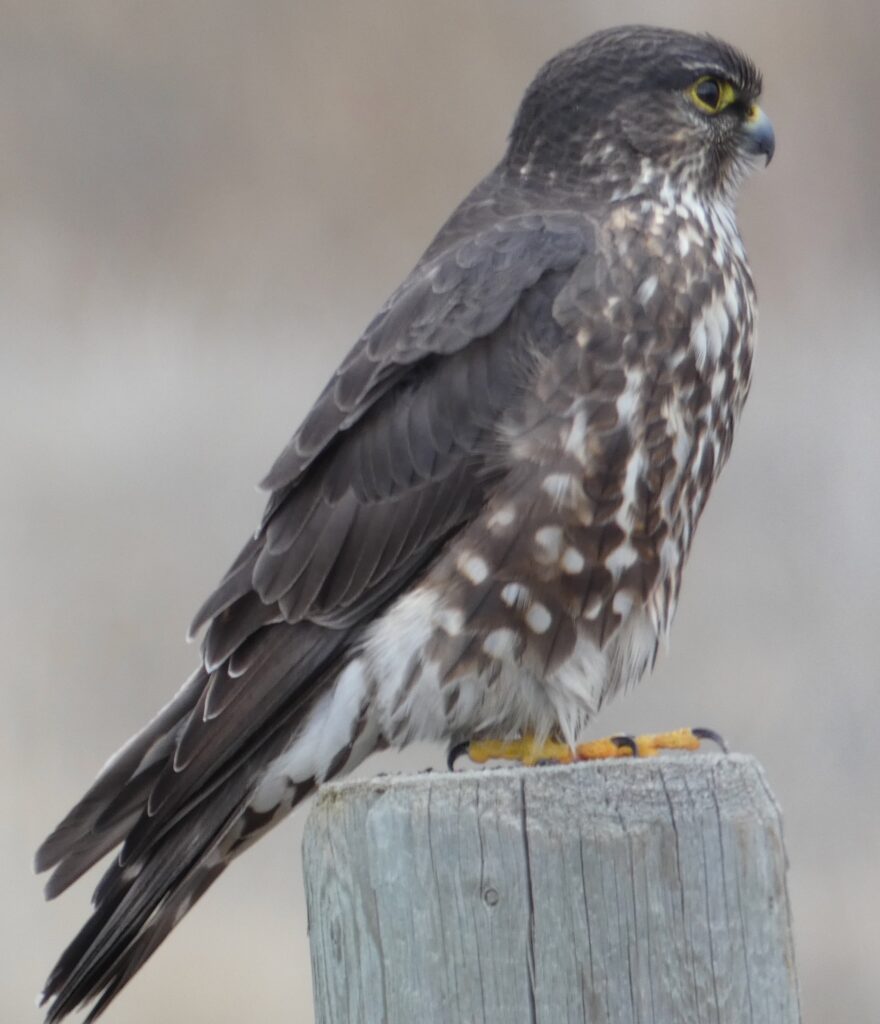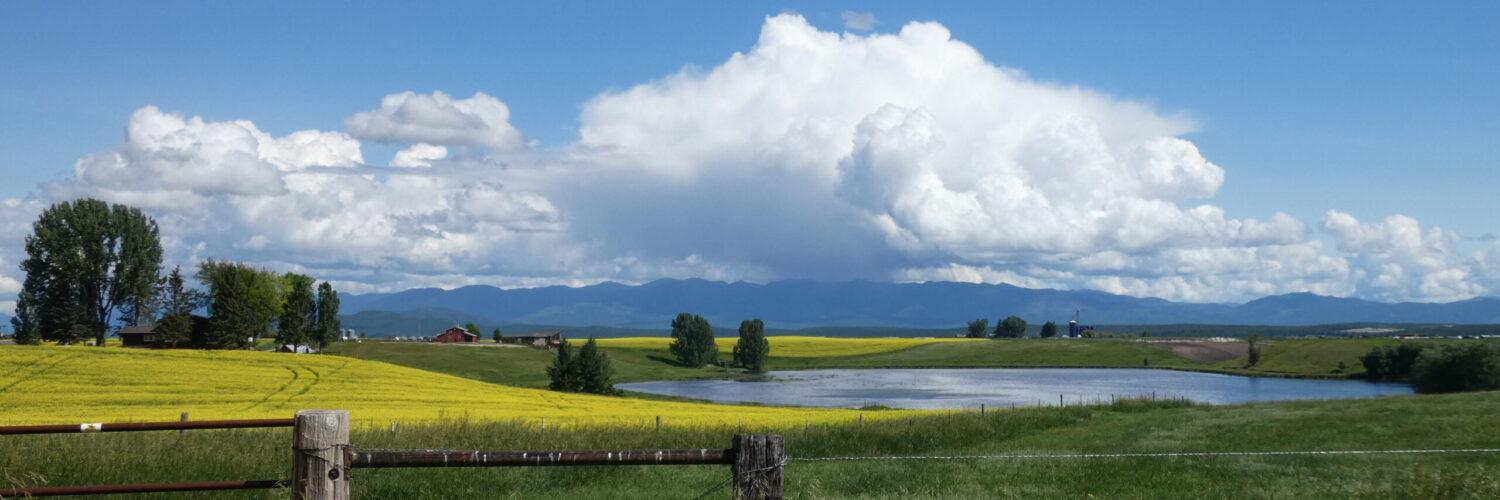by Skip Via and Pat Jaquith
skip@westvalleynaturalists.org pat@westvalleynaturalists.org
There are five species of falcons that live in North America, and West Valley plays host to all of them at some point in the year. If you’re observant (and quick, as falcons tend to spook easily), you may be fortunate enough to see them all.
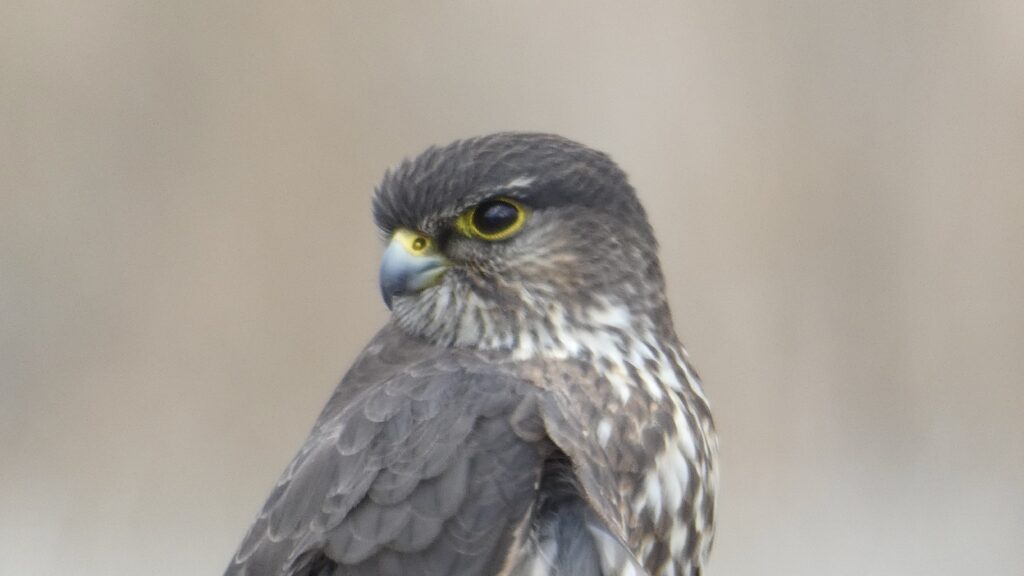
Facts About Falcons
- Falcons’ wings are thin and tapered, allowing them to attain an aerodynamic shape when diving to increase speed. This can help identify them in flight.
- Falcons are not closely related to other birds of prey. They are more closely related to parrots and songbirds.
- Falcons mate for life and return to the same territory to breed, but they hunt and live solitary lives when not caring for their young.
- Falcons have exceptional eyesight, up to eight times better than humans. This allows them to spot prey from long distances.
- Falcons kill with their beaks, not their talons. Their beaks have a sharp tooth used for slashing or breaking the necks of their prey.
- Falcons can take their prey in flight or by swooping down from above.
- Falcons hunt during the day (diurnal),
- Falcons are relatively young in evolutionary terms, first appearing in the fossil records around 10 million years ago.
- Most falcons do not build elaborate nests. Some nest on ledges or cliffs, scrape out simple holes, or more typically occupy existing nests built by other large birds.
- Some falcons travel up 15,000 miles each year, sometimes between continents, for breeding and hunting purposes.
Gyrfalcon
Let’s begin with the largest and rarest of the North American species, the gyrfalcon. Gyrfalcons are northern birds, preferring the upper reaches of the Arctic across Alaska and northern Canada. They venture this far south–and usually no farther–only in the winter and are not known to nest here. They are quite large, about the same size as a red-tailed hawk, and feed on birds, waterfowl, and rodents. Their coloring varies considerably, from nearly all white to gray.
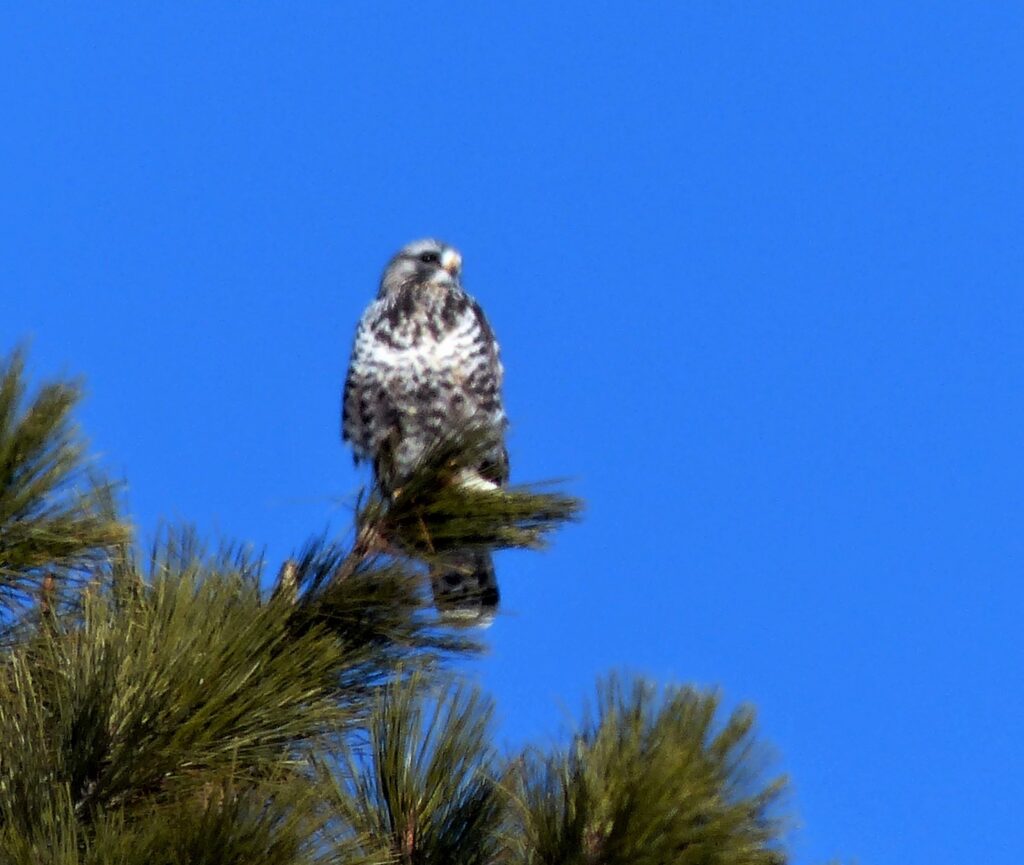
American Kestrel
From the largest to the smallest–here is the American Kestrel, the smallest and most common North American falcon. Kestrels migrate south each fall and return in the spring, where they can often be seen along the utility lines and fence posts along West Valley Road and the Potholes (see Locations). It’s not uncommon to find several consecutive stretches of telephone wire each supporting a kestrel hunting for voles in the open fields of the valley. See “When Is A Hawk Not A Hawk?” on this site for more information about this beautiful bird.
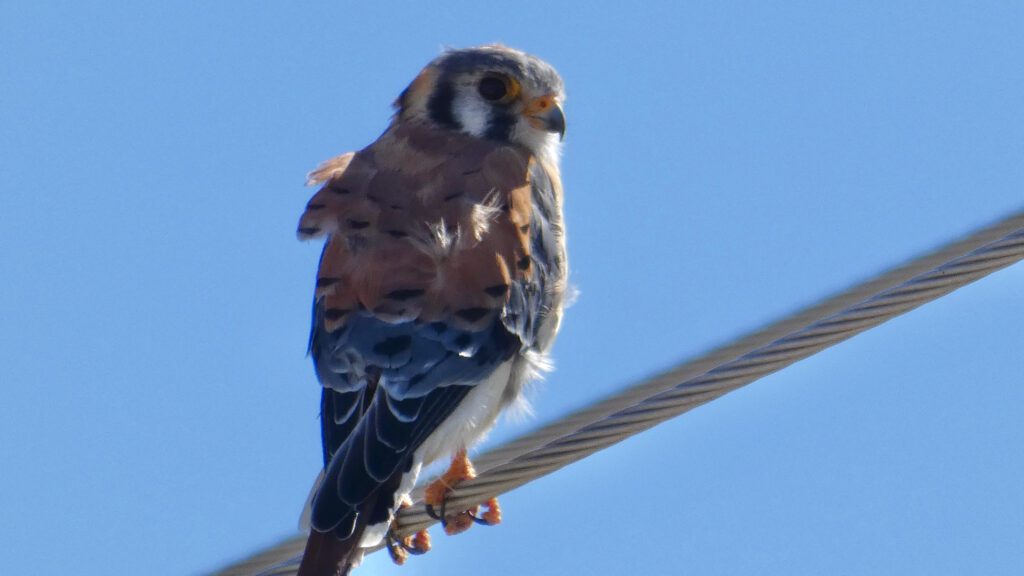
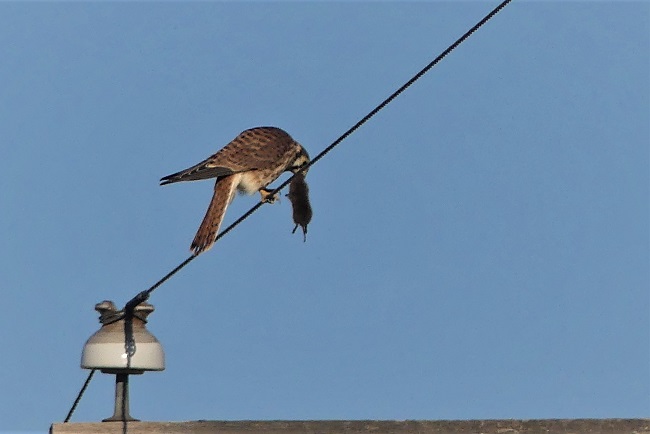
Prairie Falcon
It would be easy to mistake a prairie falcon for a peregrine. They are about the same size, hunt in similar areas, and prey on the same animals (birds and rodents). Compared to the distinctive dark facial mask of the peregrine, the prairie falcon has a lighter face, less distinct under-eye markings and is generally lighter in color, especially on the underparts. Prairie falcons are common throughout the west and can often be seen flying low and fast over open fields searching for prey. They can be seen year ’round in the valley.
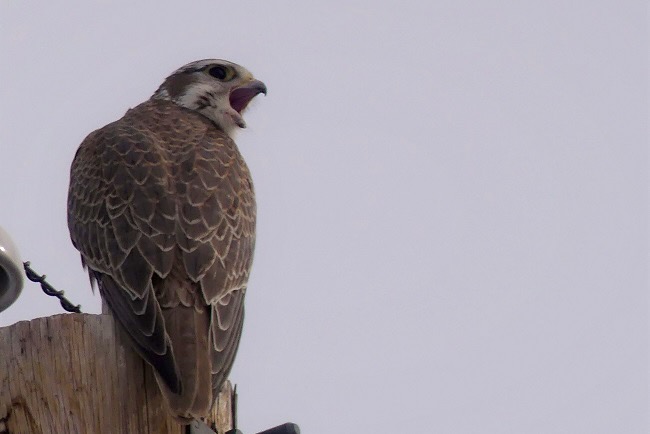
Peregrine Falcon
The peregrine falcon is the undisputed speed champion of the kingdom Animalia. It can fly over 60 miles per hour and dive at over 200 miles per hour. Although not very common, they may found across most of North America at some point in the year and are even found nesting along building ledges in large cities. Their usual prey is other birds, which they can easily take in mid-air. Peregrines are not commonly seen here in the winter, preferring to migrate to coastal areas. Their dark facial markings are a good identifier.
Peregrines were nearly wiped out in many areas due to pesticide use in the 1970s but are making a comeback in most places. Many states have intentionally reintroduced them.
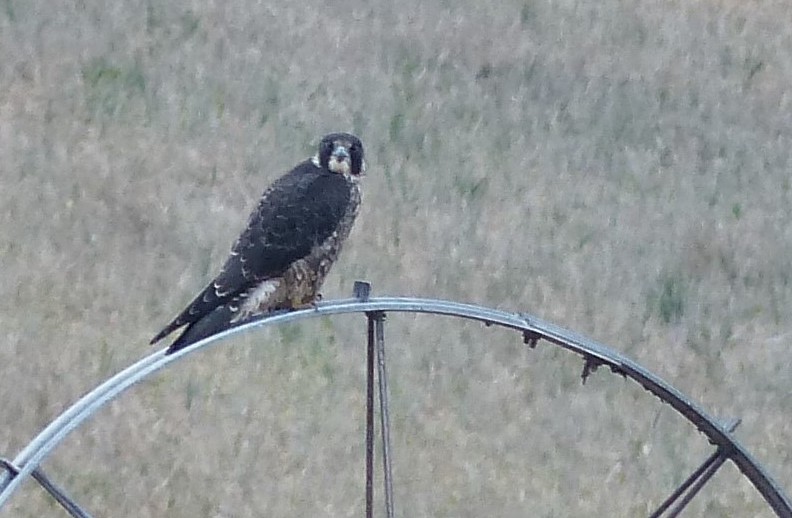
Merlin
Merlins are similar in size to peregrines and prairie falcons, but at least in the case of the male their markings are distinctive from those species. Like the kestrel, the males have blue wing feathers and bright yellow feet. They are significantly larger than kestrels, though, and not too difficult to tell apart. The female is duller, with dark brown wings and a white/brown mottled breast. The female is often mistaken for a prairie falcon. Look for the darker face and browner breast of the female merlin for identification purposes. Merlins are not common, but they can be seen in the valley throughout the year.
